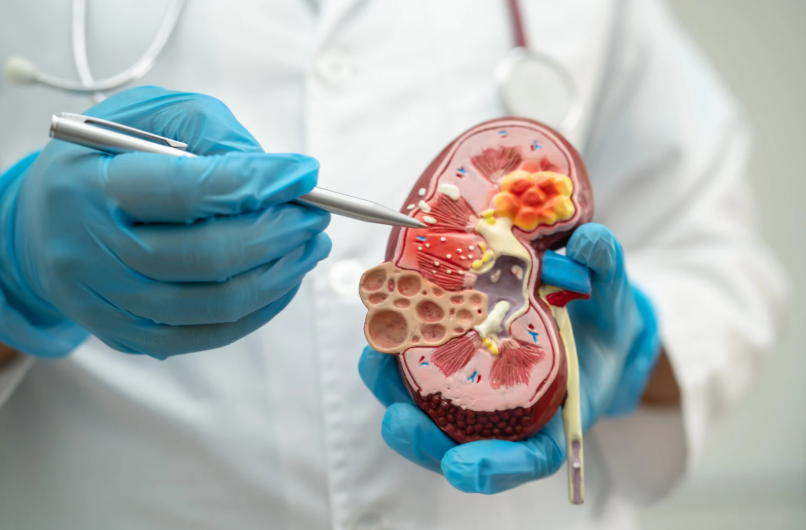Medical imaging services encompass a broad range of diagnostic techniques essential for modern healthcare. These services utilise advanced technology to produce detailed images of the body’s internal structures, aiding in the detection, diagnosis, and treatment of various medical conditions. From the humble beginnings of X-rays to the sophisticated capabilities of magnetic resonance imaging (MRI) and computed tomography (CT) scans, the evolution of medical imaging has revolutionised the field of medicine.
Types of Medical Imaging Modalities
X-ray remains a cornerstone of medical imaging, providing quick and efficient imaging of bones and tissues. MRI, on the other hand, offers unparalleled detail without the use of radiation, making it ideal for examining soft tissues like the brain and muscles. CT scans, with their cross-sectional images, enable precise diagnosis of conditions such as tumours and fractures. Ultrasound, utilising harmless sound waves, is commonly used for monitoring pregnancy and examining internal organs. PET scans, combining molecular imaging with CT or MRI, provide functional insights into metabolic processes and disease progression.
Benefits of Medical Imaging Services
The benefits of medical imaging services are multifaceted. One of the most significant advantages is the ability to detect diseases at their earliest stages, facilitating prompt treatment and improving patient outcomes. Additionally, many imaging procedures are non-invasive, reducing the risks associated with traditional diagnostic methods. Medical imaging also plays a crucial role in guiding treatment plans, allowing healthcare providers to tailor interventions based on individual patient needs and monitor their progress over time.
Key Considerations for Patients
For patients undergoing medical imaging procedures, preparation is key. Depending on the type of imaging modality, preparations may include fasting, avoiding certain medications, or wearing loose-fitting clothing. Understanding the risks and benefits of radiation exposure is essential, particularly for procedures such as X-rays and CT scans. Patients should also be aware of the importance of following imaging guidelines and recommendations to ensure the accuracy and reliability of their results.
Challenges and Future Trends
Despite the numerous benefits of medical imaging, challenges remain. Concerns about radiation exposure persist, prompting ongoing efforts to minimise dose levels and explore alternative imaging techniques. Artificial intelligence (AI) holds promise for enhancing imaging interpretation, improving accuracy and efficiency in diagnosis. Additionally, advancements in 3D imaging and virtual reality have the potential to revolutionise medical imaging, offering new insights into anatomical structures and facilitating surgical planning.
Ensuring Quality and Accessibility
Ensuring the quality and accessibility of medical imaging services is paramount. Accredited imaging facilities adhere to rigorous standards to maintain quality and safety. However, access to imaging services can be limited in underserved areas, highlighting the need for innovative solutions such as telemedicine. By leveraging technology, healthcare providers can extend the reach of imaging expertise, ensuring that patients receive timely and accurate diagnoses regardless of their location.
Takeaway
Medical imaging services play a vital role in modern healthcare, enabling early detection, precise diagnosis, and personalised treatment plans. As technology continues to advance, the future of medical imaging holds great promise for improving patient outcomes and expanding access to quality healthcare.











